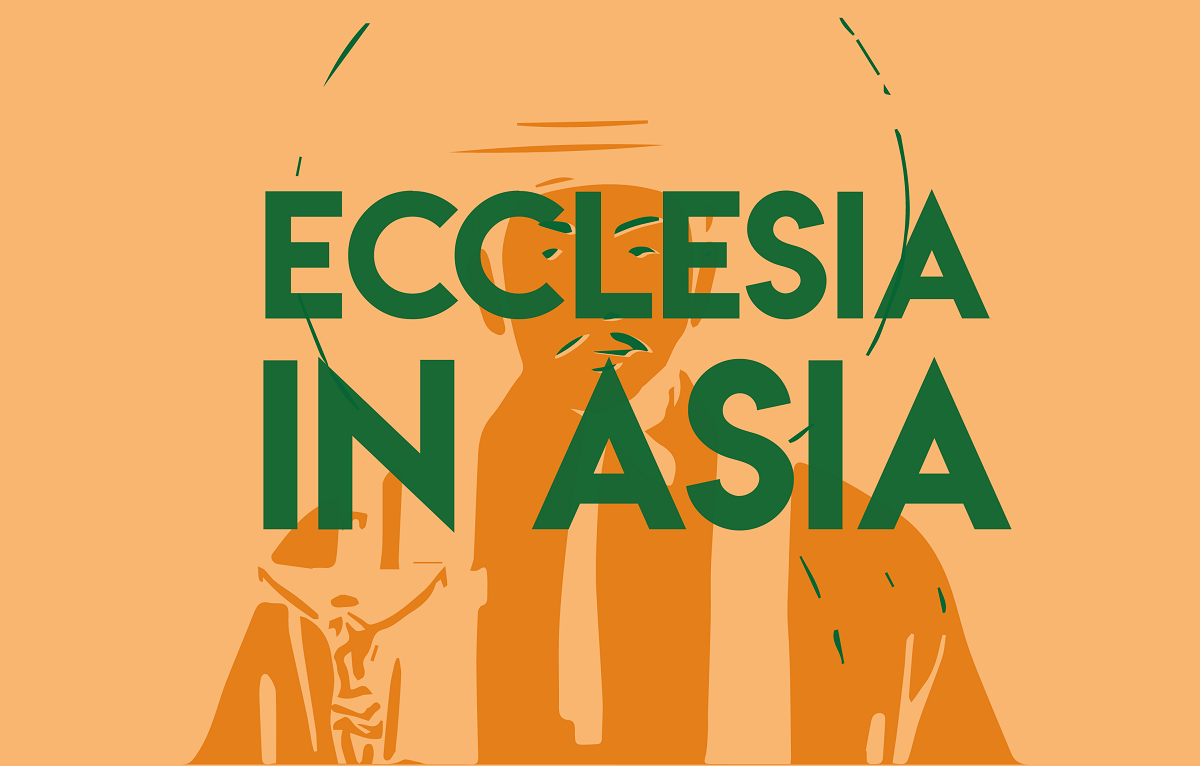Artificial rain trials to fight pollution in Delhi
In the world's most polluted capital, the territorial government is set to begin experiments in artificially stimulating clouds to generate rain during periods of stagnant atmospheric conditions. According to a study, 30 million residents risk losing up to 12 years of their life due to poor air quality.
Delhi (AsiaNews) – To reduce air pollution, the Indian capital is preparing to launch its first artificial cloud seeding trial in early September with the aim of generating artificial rain.
The tests will be conducted in the first two weeks of September, announced Delhi Environment Minister Manjinder Singh Sirsa, on Friday.
Over the past decade, the National Capital Territory of Delhi has consistently held the dubious title of the world's most polluted urban area, closely followed by other Indian cities.
A recent study estimated that the 30 million people living in and around the capital could lose up to 12 years of their lives due to the catastrophic health effects of air pollution.
The project, led by IIT-Kanpur, was initially scheduled for early July, but was postponed based on recommendations from the India Meteorological Department.
The new schedule aligns with the end of the monsoon, when conditions are more favourable for this type of experiment.
The Delhi government has approved funding for 32.1 million rupees (about US$ 375,000) for the pilot project.
A Cessna will be used, equipped with specialised instruments, flying five sorties over high-pollution zones in northern Delhi, including Rohini, Bawana, Alipur, and Burari, as well as adjacent areas in Uttar Pradesh like Loni and Baghpat.
During flights, the aircraft will fly below the cloud base and release hygroscopic particles (such as sodium chloride and other aerosols) into the clouds to stimulate precipitation.
Cloud seeding, a form of weather modification, involves artificially increasing precipitation to induce rain.
In Delhi, the goal is to wash away airborne pollutants and improve air quality, especially in the weeks following the monsoon, when pollution levels tend to rise.
“This is a scientific intervention to combat air pollution,” Minister Sirsa said. “If successful, it will open a new avenue for Delhi to deal with hazardous air quality, especially during the post-monsoon period,” he added.
INDIAN MANDALA IS THE ASIANEWS NEWSLETTER DEDICATED TO INDIA. WOULD YOU LIKE TO RECEIVE IT EVERY FRIDAY? TO SUBSCRIBE, CLICK HERE.
22/05/2007







.png)










